'Made in America Auto Index' Gives Ford Mustang GT the Crown

Annual automotive-content indexes have grown in popularity since trade restrictions and tariffs have become increasingly relevant issues. But they’re usually pretty generic, often providing the broad strokes of product origin while placing a few cars housing the most regional content on a pedestal. Not so with the Kogod School of Business’ 2021 Made in America Auto Index. While the metrics used are a little different from what’s found elsewhere, it offers a more comprehensive data set than other catalogs.
Though most people still like to know which vehicles were dubbed the “most American” and Kogod’s percentage-based scoring system makes it pretty easy to figure out. We won’t leave you hanging. For the 2021 model year, the Ford Mustang GT was evaluated as the car boasting the highest level of North American hardware and labor. But you have to get a manual transmission for the necessary 88.5 percent total domestic content rating (TDC). Select the automatic and that number drops to 51 percent, which is still better than the Mustang Mach-E’s paltry 15-percent score.
The manual-equipped Mustang ousts the Ford Ranger pickup, which led in 2020, due to the pickup seeing a substantial reduction in U.S. and Canadian-sourced components. However the rest of the leaderboard looked more familiar. Kogod gave the Corvette Stingray ( third last year) second place, with the Tesla Model 3 hot on its heels.
Of course, there’s always room for disagreement. While we really like the index, the TDC rating takes into account a myriad of little factors that can make a big difference. We already mentioned the manual Mustang. But it’s easy to find other examples. Let’s stick with Ford.
The 2.7-liter Ford Bronco boasts a total score of 80.5 percent whereas the 2.3-liter model could only achieve 66.5 percent due entirely to the smaller EcoBoost motor being produced in Valencia, Spain. But there are components that require far less parts and labor that can still move the needle — in addition to similarly relevant factors pertaining to development, domestic labor, and where the profits are going.
Honda Motor Co. and Fiat Chrysler Automobiles (now Stellantis) consistently had vehicles yielding some of the highest domestic content in the entire industry. But they both took hits on their TDC ratings for having headquarters and/or R&D centers located outside North America. FCA/Stellantis also achieved incredibly low marks on models imported straight from Europe (e.g. Maserati), countering the decidedly American products coming out of the Dodge, RAM, Chrysler, and Jeep brands. But this applied to most multinational companies attempting to service numerous markets and really hurt Toyota, despite it having a strong presence in the United States.
In fact, some of the vehicles with the lowest TDC scores were the Japanese manufacturer’s imported luxury goods. The Lexus ES Hybrid, GX, LC, LS (below), LX, RC, and RX Prime all had total scores of just 1 percent. That’s even lower than Audi products, which averaged closer to 1.5 percent.
The index attempts to explain this by driving home the point that brands possess unique priorities and even similar vehicles can have vastly different content breakdowns. It also acknowledged that 2021 wasn’t a normal year, plagued by production stoppages and supply chain issues that forced some automakers to swap equipment suppliers on the fly.
From the Kogod School of Business:
Comparing total domestic content for all vehicles sold in the US by brand, irrespective of the location of assembly, results in the following table, which shows the relationship between total domestic content (TDC) for US-assembled vehicles compared to all vehicles in a manufacturer’s product line sold in the US. Honda, GM, Ford, and FCA, for example, average much higher overall TDC than VW and Volvo. This gives an idea of the extent to which manufacturers serve the US market with local production.
When looking at average TDC by manufacturers for cars assembled in the US, one finds a high of GM and Ford at over 70 percent and FCA, Honda, Hyundai, Kia, Toyota, and Fiat Chrysler at 65-70 percent. BMW and Volvo reach a low at 35 and 30 percent, respectively. Tesla, which is not in the table, makes all of its cars in the US and has an average TDC of 81 percent. While the trend TDC for cars assembled in the US is consistent over time, both Daimler and Subaru saw significant drops in their average US content. This may be the result of US shortages of parts and components as the impacts of the covid pandemic created significant disruptions in automotive supply chains.
But if you just wanted to know who had the lowest TDC scores, it was a two-way tie between everything sold by Porsche AG and Mitsubishi Motors. Rather than associate the brands with their respective parent companies, Kogod just lumped their products together as exotic, un-American imports. Hilariously, this places Mitsubishi into the same camp as Lamborghini, Ferrari, and Aston Martin — none of which were included due to low sales.
It’s a slick little index and undoubtedly useful if you’re picking out a new vehicle and want to know how much of it is made in America. Though it will probably see more service as a way for you to lord over your patriotic friends’ automotive purchases. Either way, it’s worth bookmarking if you have any interest in this kind of stuff and significantly informative vs some alternative indexes.
[Images: Ford; Chevrolet; Lexus; Mitsubishi]

A staunch consumer advocate tracking industry trends and regulation. Before joining TTAC, Matt spent a decade working for marketing and research firms based in NYC. Clients included several of the world’s largest automakers, global tire brands, and aftermarket part suppliers. Dissatisfied with the corporate world and resentful of having to wear suits everyday, he pivoted to writing about cars. Since then, that man has become an ardent supporter of the right-to-repair movement, been interviewed on the auto industry by national radio broadcasts, driven more rental cars than anyone ever should, participated in amateur rallying events, and received the requisite minimum training as sanctioned by the SCCA. Handy with a wrench, Matt grew up surrounded by Detroit auto workers and managed to get a pizza delivery job before he was legally eligible. He later found himself driving box trucks through Manhattan, guaranteeing future sympathy for actual truckers. He continues to conduct research pertaining to the automotive sector as an independent contractor and has since moved back to his native Michigan, closer to where the cars are born. A contrarian, Matt claims to prefer understeer — stating that front and all-wheel drive vehicles cater best to his driving style.
More by Matt Posky
Latest Car Reviews
Read moreLatest Product Reviews
Read moreRecent Comments
- SCE to AUX I hope they're buying good lawyers, too.
- SCE to AUX Nothing to see here. Gas prices 2021-23 were the same as they were in 2007-2008, adjusted for inflation. The R's were in charge then.https://www.randomuseless.info/gasprice/gasprice.html
- VoGhost Just reminding us all that we have to tolerate dealers (many of whom are billionaires) in the US if we want new legacy ICE vehicles because the dealers pay for the campaigns of local politicians, with our money.
- 1995 SC I'm still trying to get past the fact that the Red Bull guy is married to a Spice Girl.
- Ravenuer Not into F1. Started watching NASCAR back when they raced actual cars. (yeah I'm that old). Not any more. They aren't "stock cars" now. Not even close. Even drag races don't interest me anymore. Races are over in 3 seconds.




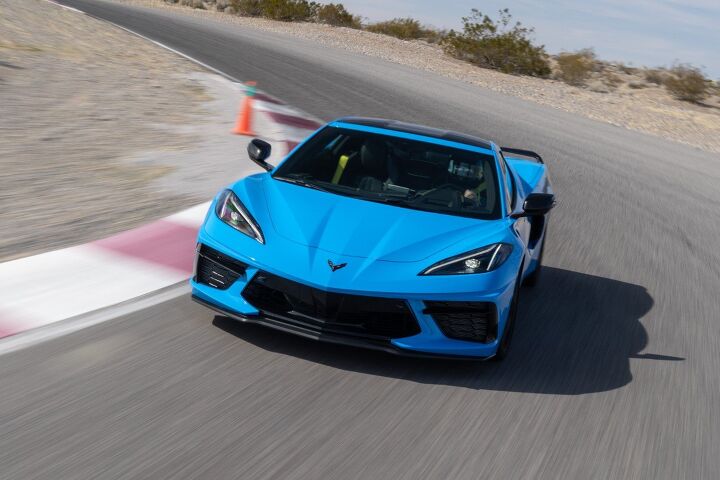


















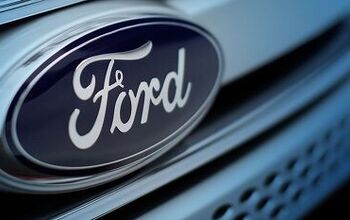

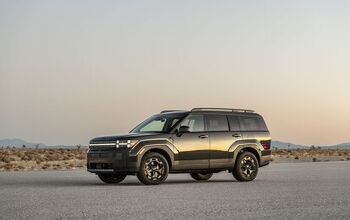
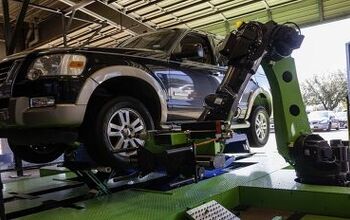

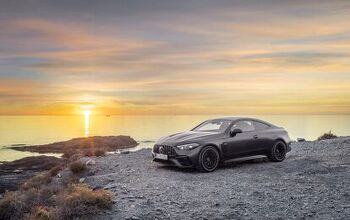



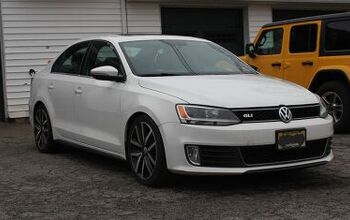

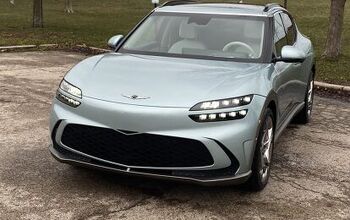

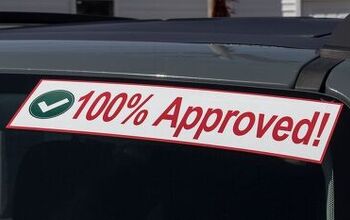
Comments
Join the conversation
Surprising to me that Mopar models slid down in the rankings because Stellantis gets "dinged" for headquarters being outside North America. I thought the former FCA headquarters were also overseas.
According to the worksheet, a small surprise concerning Ford and EV's: - Mustang GT 5.0L MT 88.5% - Mustang 2.3L Ecoboost 75.5% - Mustang GT 5.0L AT 75.5% - Mustang Mach-E 19.5% I guess the batteries are made in Asia (China most probably)